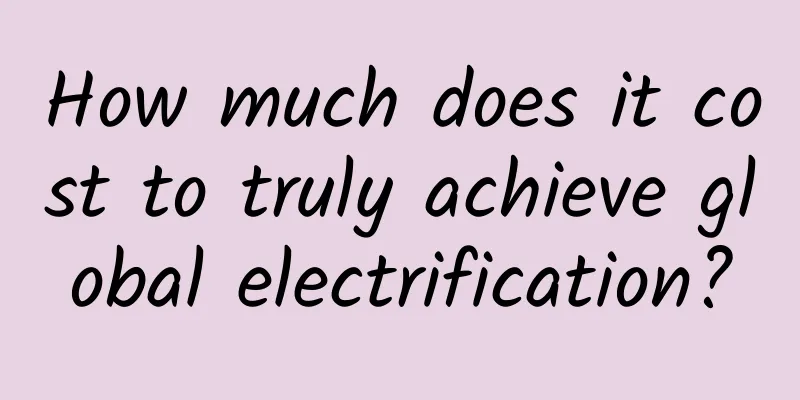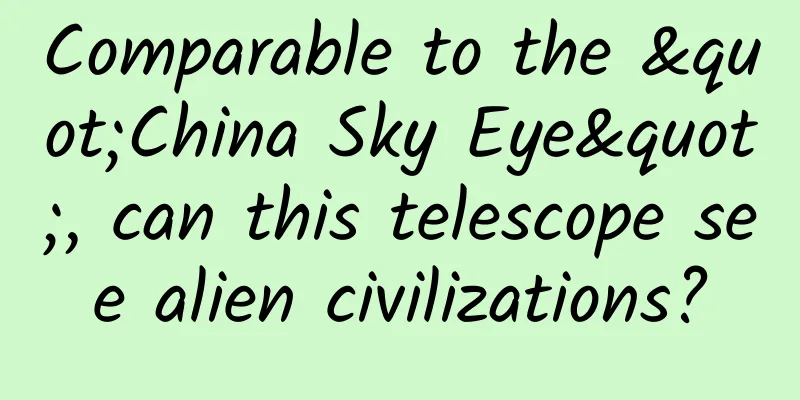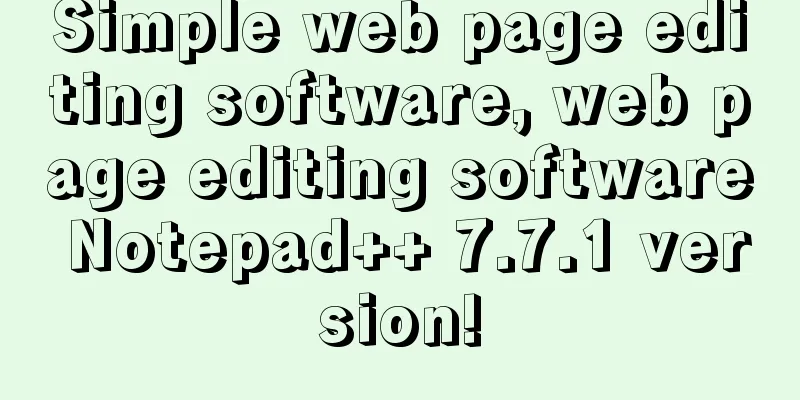Huawei P9 review: Is it true that it is half a year ahead of iPhone 7?

|
The performance of iPhone 6S was not satisfactory in terms of both product and market. The first quarterly decline in iPhone sales in 2016 has further increased the expectations of investors and consumers for the next generation of iPhone. If you are really in a hurry, you might as well take a look at the actual experience of Huawei P9 first, because Yu Chengdong said that this is a product that is "half a year ahead of iPhone 7". But is it really as he said? Design: elegant and comfortable If you want to compete with the iPhone, you can’t get past the design hurdle. What’s more, the appearance itself is a concentrated embodiment of craftsmanship. Overall, the design of Huawei P9 is not very innovative, and it continues the conventional business style. The gold version I got especially gives me a "Boss" feeling. There are still obvious black borders around the screen, but the 2.5D glass layer on the surface completely covers the body frame. This design has a bit of "ID borderless" meaning. Looking at the back, the horizontal brushed metal treatment is a design concept that you can also find on Honor's thousand-yuan phones. Fortunately, it does not look cheap in terms of visual and tactile properties. The dual cameras are neatly arranged on the top of the body. Although the colors of the two parts are not completely consistent, they do not feel very abrupt. In addition to the essential designs such as speakers and headphone jacks at the bottom of the body, the data charging port is equipped with the latest Type-C port, which increases the role of the adapter in daily use. It is worth mentioning that the metal back cover of Huawei P9 has been added with 5 layers of ceramic white coating technology, which feels warm and delicate, with a bit of the flavor of mutton-fat jade. The 5.2-inch screen is also a moderate choice, and the weight of the whole machine is comparable to that of the iPhone 6S. It does not feel heavy when put in your pocket, nor does it feel light and frivolous when held in your hand. Hardware: The best HiSilicon processor at present The Kirin 955 processor on the Huawei P9 is hailed as a powerful weapon for HiSilicon processors to challenge Qualcomm Snapdragon 820. Although it is a bit regrettable that the running score did not exceed 100,000, and the GPU performance is also somewhat behind Snapdragon 820, for most ordinary mobile phone users, the Huawei P9 will never lag behind in performance. The only thing to note is that the heating problem of the body is still quite prominent. Even when running lightweight games such as "Clash Royale", users can clearly feel the temperature rise on the back of the phone. On the other hand, this year Samsung's own Exynos 8890 chip uses its own architecture. When will Huawei HiSilicon be able to break free from the constraints of the public version of ARM architecture? This is also what we are most looking forward to in the next generation of Huawei flagships. In terms of battery performance, the Huawei P9 has a built-in 3000mAh battery, which is more than enough to meet the daily use of a 5.2-inch screen mobile phone. However, the result of charging less than 60% in one hour is not outstanding in today's fast-charging mobile phone world. System: Clear and smooth Compared with iPhone, the system is the most differentiating part of Android phones. Huawei P9 is equipped with EMUI 4.1 system which is deeply customized based on Android 6.0. Compared with EMUI 4.0, the upgraded system has no obvious difference in logic and functions, but according to the official introduction, EMUI 4.1 has greatly improved stability. The interface design still retains the style of Huawei's previous EMUI, but the independent search and recommendation pages on the far left are obviously inspired by the iPhone. The above is the interface brought up by pulling down and clicking the square button at the bottom. The logic is still as clear as before and in line with user habits. The multitasking interface has abandoned the original grid and is once again biased towards Apple’s previous iOS8. Huawei P9 comes with quite a few "out-of-system" applications. If they could not be uninstalled, they would probably become a major annoyance that consumers hate the most. In terms of other auxiliary functions, the performance of EMUI 4.1 should also be within everyone's expectations, and it can be said that "everything is there". As for fingerprint recognition, the response speed of Huawei P9 is indeed commendable; the functions of taking screenshots by tapping with knuckles and taking irregular screenshots are quite interesting. What players care most about is the smoothness of the system. After actual testing, Huawei P9 with EMUI 4.1 environment can basically meet the needs of various complex application scenarios including games. The only regret is that the problem of body heating is quite prominent. Leica dual camera: Is the imaging effect really better than iPhone 6S? The confidence of being "half a year ahead of iPhone 7" is largely due to the rear dual-camera design developed in cooperation with Leica, which is also the biggest highlight of Huawei P9. Most mobile phones on the market use a single color camera solution, but the principle of color cameras leads to an inherent defect - insufficient sensitivity. To compensate for this problem, the dual-camera solution adds a black-and-white lens on the basis of the color lens, which is responsible for collecting brightness, contours and details. Through the later synthesis algorithm, in theory, the dual-camera solution will have great improvements in details and colors compared to the single-camera solution with the same pixels. Of course, Huawei is not the first mobile phone manufacturer in the industry to adopt this imaging solution. Under natural light, the photo taken by Huawei P9 on the left is closer to the real scene, while the image taken by iPhone 6S on the right gives a feeling of oversaturation. In darker light conditions, the photos taken by Huawei P9 have clearer layers, especially in the processing of highlights and shadows. From the reflection of the red car wheels on the table, we can see that the dual cameras are better at capturing details. In the shooting of the photography light, we can see that in the details of the bulb itself, the brightness level of Huawei P9 is more distinct, but in the restoration of the surrounding material particles, the effect of iPhone 6S is clearer. It is not new that the image quality of Android flagships is better than that of Apple. In the competition with iPhone 6S, Huawei P9 also showed its impressive strength. But it is hard to say whether it can surpass iPhone 7. There are rumors that iPhone 7 will also adopt a dual-camera design. As for the result, we will have to wait for Cook to reveal it to us at this year's autumn press conference. Conclusion: Whether Android flagships can make a comeback or not still depends on iPhone 7 Huawei P9 is certainly a very good phone. This kind of "good" is becoming more and more common in many Android flagships and even non-flagship products at this stage. However, factors such as highly recognizable dual cameras and independent processors further give Huawei P9 more interesting features. As for what Yu Chengdong said about "half a year ahead of iPhone 7", this statement is bound to be unverifiable at present. After all, it has long been the norm for domestic mobile phones to "beat Apple in three days and surpass iPhone in five days" at press conferences. The reality is that according to a survey by the analysis agency TrendFroce, in the first quarter of this year, the total shipments of domestic brand mobile phones exceeded the total of Samsung and Apple for the first time. Especially from the current situation, Apple’s current flagship iPhone 6s has shown signs of weakness since its launch, and this year’s iPhone 7 is very likely to be a product with many big moves. Therefore, whether you are choosing the curved screen of Samsung S7, the 4K resolution of Sony Z5 or the Leica dual camera of Huawei P9, whether the Android flagships can make a comeback or not will probably depend on how much power the iPhone 7 can give. As a winner of Toutiao's Qingyun Plan and Baijiahao's Bai+ Plan, the 2019 Baidu Digital Author of the Year, the Baijiahao's Most Popular Author in the Technology Field, the 2019 Sogou Technology and Culture Author, and the 2021 Baijiahao Quarterly Influential Creator, he has won many awards, including the 2013 Sohu Best Industry Media Person, the 2015 China New Media Entrepreneurship Competition Beijing Third Place, the 2015 Guangmang Experience Award, the 2015 China New Media Entrepreneurship Competition Finals Third Place, and the 2018 Baidu Dynamic Annual Powerful Celebrity. |
<<: Revealing the secret of AMD licensing domestic x86 processors: Intel has nothing to say
>>: Can these three “counter-trend points” make the Meizu PRO 6 a true flagship?
Recommend
Wuhan szsn recommends drinking tea
Wuhan high-end tea drinking is unique and very un...
In the first seven months of 2023, global car sales reached 49.6 million units, and Chinese car companies produced 1/3 of them.
According to data released by the China Associati...
What regulations should be followed when adding keywords to Baidu search promotion?
What are the specifications for adding keywords? ...
Second category e-commerce advertising!
Second-class e-commerce advertising : Tencent adv...
U.S. Department of Energy: Blueprint for Decarbonizing the Transportation Sector
The US government has released the US National Bl...
Luo Xinyu: What is it like to go on a field scientific expedition?
"In the field, 10 percent of it is about how...
How to improve product stickiness and user retention?
Most low-frequency, rigid-demand products face th...
Hidden crisis, who is the most terrifying invasive species on earth?
Some time ago, the topic #Devil's flowers fou...
How can a short video go viral without showing your face? Here is the secret to increasing followers!
Sing rap in a baby voice? Wearing sunglasses, a m...
Understand the central bank’s reserve requirement cut in 30 seconds!
Mixed Knowledge Specially designed to cure confus...
UK plans to publish confidential letter that convinced Nissan to stay
According to foreign media reports recently, Brit...
H5 fission communication skills that can sweep the screen!
In recent years, H5 has gone from being easy to f...
4 steps to create a National Day marketing campaign plan!
I have read many books on training marketing dire...
How to effectively promote and attract new users on YouTube?
YouTube is the world's largest video website ...
11 hair dryer reviews: Shocking! I bought fake brand products in a live broadcast room! How to distinguish?
Here’s what happened: On this year’s Double Eleve...









